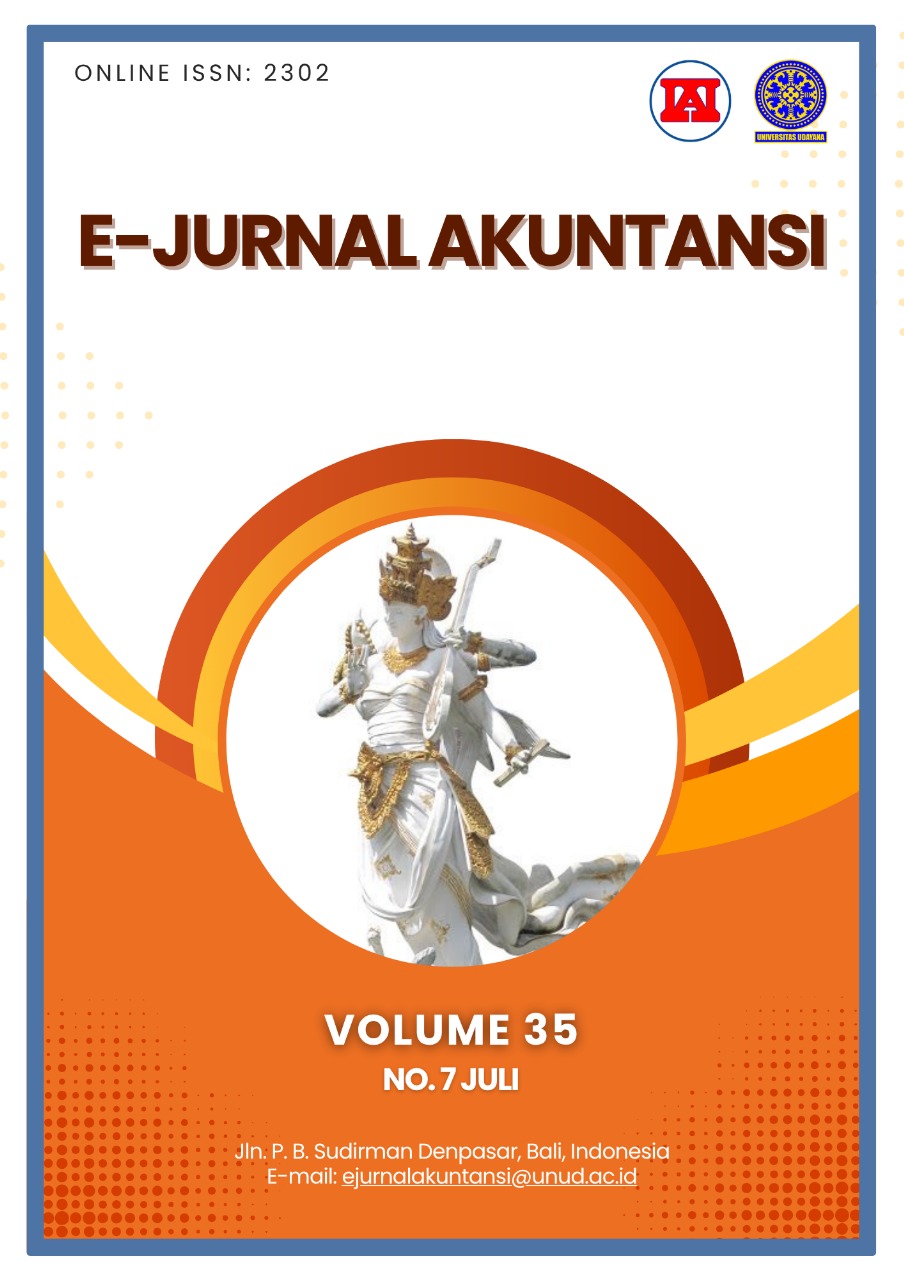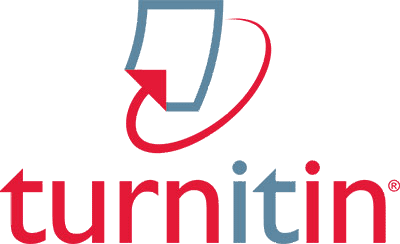Analysis of VAT Tax Management and Its Implications for the Liquidity of Construction Companies
Abstract
The construction sector ranks as the fifth-largest contributor to Value Added Tax )VAT) revenue in Indoneisa. In 2023, total tax revenue realization rached 102.80%, with VAT and Sales Tax on Luxury Good (STLG) contributing 40.9%, highlighting the sector’s strategic role in achieving tax targets. This study aims to evaluate the effectiveness of VAT-related tax management and cash flow management in construction company that has been designated as a taxable entrepreneur (PKP). A case study approach was employed using primary data from interviews with the company’s finance and tax divisions as well as external tax consultants, supported by internal documents and financial statements as secondary data. The findings reveasl that both tax and xash management are ineffective due to the absence of formal tax planning, specifics SOPs, and cash flow challenges caused by delayed client payments. The study recommends establishing a separate tax function, implementing tax-specific SOPs and internal audits, and intergrating financial tax and systems.
Keywords: Tax Management; Value Added Tax (VAT); Cash Flow; Construction Sector
Downloads
References
Amallia, L. C. (2019). Penerapan Manajemen Pajak Pertambahan Nilai Perusahaan Jasa Konstruksi Pada PT. ABC.
Anggraini, F. R. D. (2016). Manajemen Kas Pada PT XYZ.
Christian, F. (2008). Implementasi Manajemen Pajak Terhadap Kewajiban Pajak Perusahaan (Studi Kasus Perusahaan Konstruksi) .
Ellet, W. (2018). The Case Study Handbook.
Guest, G., Bunce, A., & Johnson, L. (2006). How Many Interviews Are Enough? Field Methods, 18(1), 59–82. https://doi.org/10.1177/1525822X05279903
Inspektorat Jenderal Kementerian Desa, P. D. T. dan T. R. (2021). PEDOMAN TEKNIS AUDIT INVESTIGASI.
Komite Pengawas Perpajakan Kementerian Keuangan Republik Indonesia. (2023). Penerimaan Perpajakan s.d. Desember 2023. https://komwasjak.kemenkeu.go.id/api/Posts/shareable/penerimaan-perpajakan-sd-desember-2023
Nugrahani, F. (2014). Metode Penelitian Kualitatif dalam Penelitian Penulisan Bahasa.
Pahleviannur, M. R., Grave, A. D., Saputra, D. N., Sinthania, D., Hafrida, L., Bano, V. O., Susanto, E. E., Mahardhani, A. J., Amruddin, Alam, M. D. S., Lisya, M., & Ahyar, D. B. (2022). METODOLOGI PENELITIAN KUALITATIF.
Premachandra, I. M. (2004). A diffusion approximation model for managing cash in firms: An alternative approach to the Miller-Orr model. European Journal of Operational Research, 157(1). https://doi.org/10.1016/S0377-2217(03)00109-7
Rompotis, G. (2024). Cash flow management, performance and risk: evidence from Greece. EuroMed Journal of Business. https://doi.org/10.1108/EMJB-09-2023-0245
Santoso, I., & Rahayu, N. (2019). Corporate Tax Management: Mengulas Upaya Pengelolaan Pajak Perusahaan Secara Konseptual-Praktikal.
Sari, H. P. (2019). Analisis Dampak Fasilitas Pengembalian Pendahuluan Pajak Pertambahan Nilai Terhadap Arus Kas dan Biaya Kepatuhan Perusahaan Eksportir Kopi.
SUSUNAN DALAM SATU NASKAH: UNDANG-UNDANG PERPAJAKAN TERBARU (2022).
Tracy, S. J. (2020). Qualitative Research Methods: Collecting Evidence, Crafting Analysis, Communicating Impact (Second Edition). John Wiley and Sons, Inc.
Trisnowardono, N. (2002). Menuju usaha jasa konstruksi yang handal. Abdi TANDUR.
Wideman, R. M. (1992). Project and program risk management: a guide to managing project risks and opportunities. In The PMBOK handbook series (Vol. 6, Issue 6).

This work is licensed under a Creative Commons Attribution-ShareAlike 4.0 International License.

















